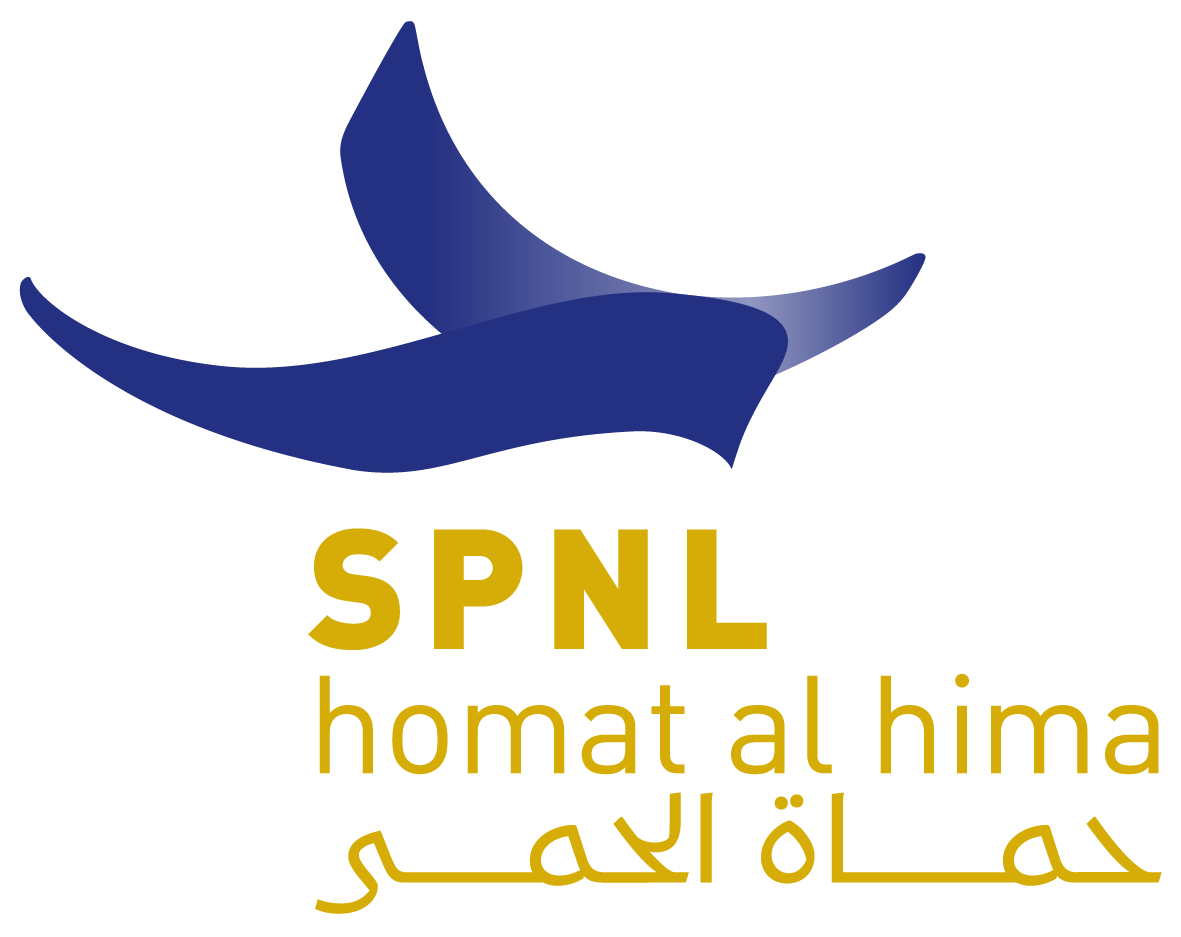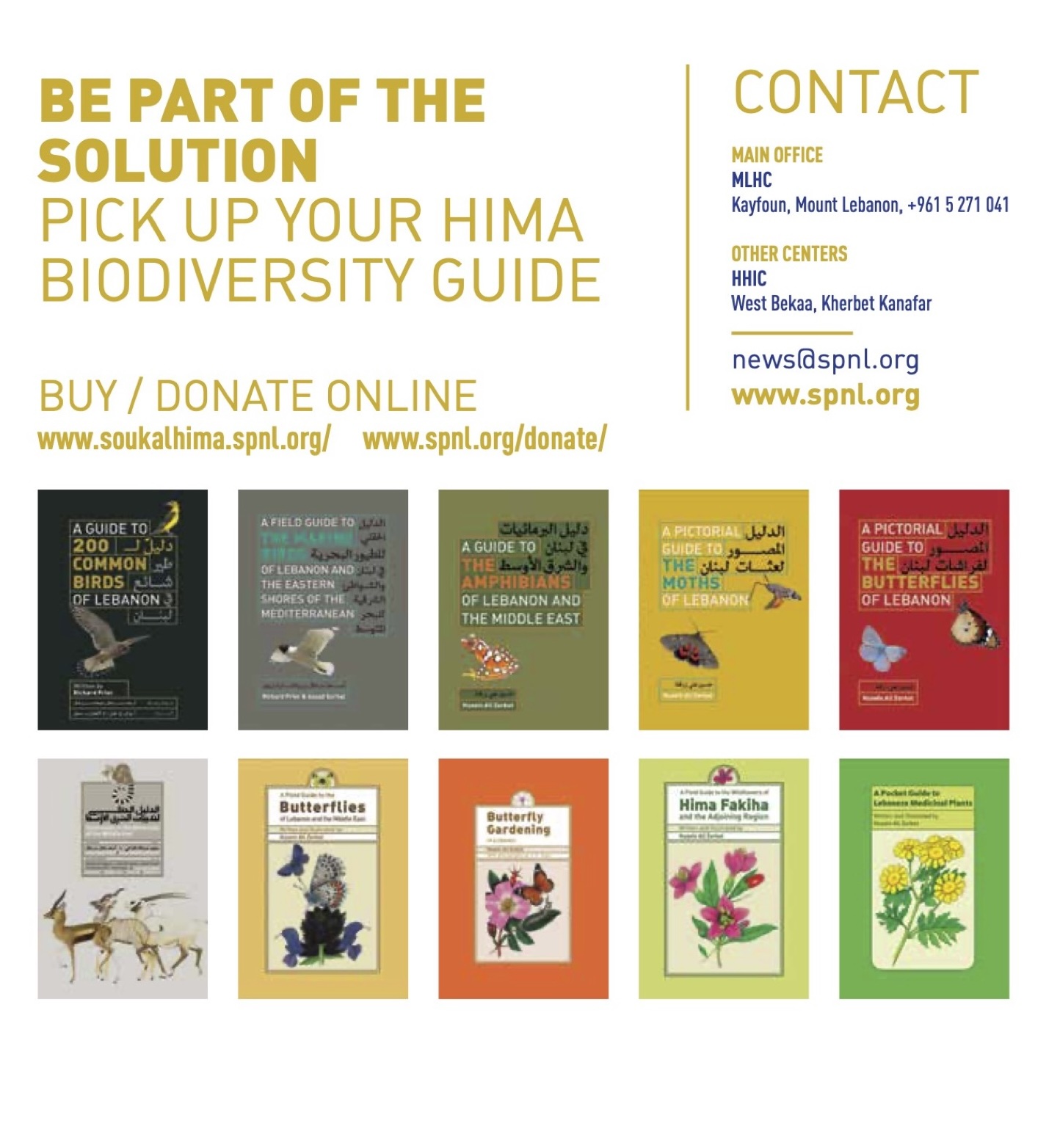World Migratory Bird Day will be celebrated by people across the world on Saturday, 9 May with the theme “Birds Connect Our World”.
The UN-led campaign aims to raise awareness of migratory birds and the importance of international cooperation to conserve them. It is organized by a collaborative partnership among two UN treaties – the Convention on Migratory Species (CMS) and the African-Eurasian Migratory Waterbird Agreement (AEWA) – and the Colorado-based non-profit organization, Environment for the Americas (EFTA).
Coming at a time when most of the world’s population is under some form of restricted movement due to the coronavirus, this theme carries a particular relevance and poignance.
“Migratory birds can be found everywhere: in cities and in the countryside, in parks and in our backyards, in forests and in mountains, in deserts and in wetlands, and all along the shores. They connect to all of these habitats, and they connect us and the places where we live to people and places around the globe,” said Amy Fraenkel, Executive Secretary of CMS. “Yet, migratory birds are under threat, from loss of habitat, climate change, poisoning, power lines, and illegal killing. We need to step up our actions across the world to better protect migratory birds and the habitats they need to survive and thrive.”
The theme underscores the importance of conserving and restoring the ecological connectivity and integrity of ecosystems that support the natural cycles that are essential for the survival and well-being of migratory birds. Given that there is clear evidence that the destruction of wild areas can facilitate the kinds of infectious diseases the world is now combatting, urgent action to better protect and sustain wildlife and their habitats is needed.
Because migratory birds depend on a network of sites that cross national borders along their migration routes for breeding, feeding, resting and overwintering, international action to protect them is essential.
Hundreds of virtual talks and a wave of social interactions dedicated to migratory birds are expected to take place in many countries on the day, with educational programmes being offered virtually by many organizations including schools, parks, zoos, forests, wildlife refuges, wetlands, museums and libraries.
“Despite the challenges that humankind must face, it is not a silent spring. Birdsong has overtaken the sound of cars in many of the world’s cities. Many birds are coming back to breed in wetlands, forests and even in our gardens. This shows that the cycles and rhythms of nature, -2- including those of migratory birds are continuing on their normal course,” said Jacques Trouvilliez, Executive Secretary of AEWA. “The only real difference is that more people are now listening. Let us hold on to this new sense of appreciation, enjoy this music, and look for birds around us. Birds carry a message of hope. Let us remember the birds and, nature as a whole, when we go ahead to build a healthier, more environmentally responsible and more liveable world for all of us. Birds connect us.
” Approximately 1,800 of the world’s 11,000 bird species migrate, some covering enormous distances, with the Bar-tailed Godwit, for instance, flying 11,680 kilometres between Alaska and New Zealand. This and other long-distance nomads connect ecosystems along their entire migration routes, the flyways. These need to have sufficient networks of sites and appropriate habitats, such as wetlands, coastal areas, forests and grasslands to support migratory birds during their life cycle, enabling them to move and to survive.
“We share the birds that journey across borders, their beauty and the spectacular phenomenon of their migrations. We are also connected by the role we play in their protection. No matter how distant we may be from one another, our combined actions determine the survival of these longdistance travellers,” said Dr. Susan Bonfield, Director of EFTA.
EFTA, which is spearheading World Migratory Bird Day activities in the Western Hemisphere – along the Americas Flyway – is launching BirdDayLive a new interactive website functioning as a major hub of activities for the campaign, including virtual events such as live talks by experts, videos, quizzes, book readings and creative activities designed for children.
Another global highlight, this time on the East Asian-Australasian Flyway is an online performance involving music, art and story-telling together with an account by Milly Formby about her flying adventures with migratory birds. The event is being led by the East Asian – Australasian Flyway Partnership Secretariat (EAAFP), which has actively supported World Migratory Bird Day and coordinated celebrations across this flyway for several years.
Elsewhere around the world many dedicated organizations, groups and individuals will be using the day to highlight their commitment to the conservation of migratory birds through engaging their audiences online. The day has also been supported by many governmental and nongovernmental organizations including BirdLife International, Wetlands International and the WWF, which is offering a collection of photography and facts about migratory birds for people around the world to enjoy at home.
Launched in Kenya in 2006, the UN-backed campaign has grown in popularity over the years and countries recently agreed that World Migratory Bird Day is to be celebrated globally on two peak days – the second Saturdays in May and October – to accommodate the cyclical nature of migration and to allow celebrations to take place in countries in every part of the globe.
Statements of support for World Migratory Bird Day, a description of the campaign and its history as well as details of registered events can be found on the global campaign website:
www.worldmigratorybirdday.org
About World Migratory Bird Day
World Migratory Bird Day is celebrated on two peak days each year (the second Saturdays of May and October) to highlight the need for international collaboration to ensure the conservation of migratory birds and their habitats globally. Registered events to mark World Migratory Bird Day 2020 will include bird festivals, education programmes, media events, quizzes, competitions and film screenings. First held in 2006 to promote the conservation of migratory birds and to counteract the negative publicity they were receiving across the world, due to concerns about their role as potential vectors of the Highly Pathogenic Avian Influenza (HPAI) virus subtype H5N1 – now commonly referred to as bird flu. Since then World Migratory Bird Day has gained in popularity with over 2,000 events organized in over 100 countries since the campaign’s inception.
The Convention on Migratory Species (CMS) and the African-Eurasian Migratory Waterbird Agreement (AEWA) — two intergovernmental wildlife treaties administered by the United Nations Environment Programme (UNEP)— organize the campaign in partnership with the Coloradobased non-profit organization, Environment for the Americas (EFTA).
www.worldmigratorybirdday.org
About the Convention on Migratory Species (CMS)
The Convention on the Conservation of Migratory Species of Wild Animals aims to conserve terrestrial, aquatic and avian migratory species throughout their range. It is an intergovernmental treaty concerned with the conservation of wildlife and habitats on a global scale. Since the Convention’s entry into force in 1979, its membership has grown steadily to include 130 Parties from Africa, Central and South America, Asia, Europe and Oceania.
www.cms.int @bonnconvention
About the African-Eurasian Migratory Waterbird Agreement (AEWA)
The Agreement on the Conservation of African-Eurasian Migratory Waterbirds (AEWA) is an intergovernmental treaty dedicated to the conservation of migratory waterbirds that migrate along the African-Eurasian Flyway. The Agreement covers 255 species of bird ecologically dependent on wetlands for at least part of their annual cycle. The treaty covers 119 Range States from Europe, Africa, the Middle East and parts of Asia and Canada. As of 1 March 2020, 79 countries and the European Union have become a Contracting Party to the agreement.
www.unep-aewa.org @UNEP_AEWA
Related links:
Global: www.worldmigratorybirdday.org Map of Registered Events Americas Flyway: www.migratorybirdday.org
East Asian-Australasian Flyway:
https://www.eaaflyway.net/wmbd2020-virtual-fun-day/
Social Media:
https://bit.ly/WMBD2020
@WMBD @EFTA_birdday
#WorldMigratoryBirdDay
#WMBD2020
#BirdsConnectOurWorld






